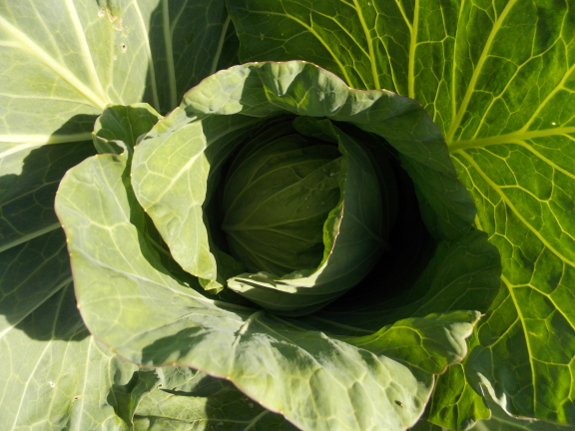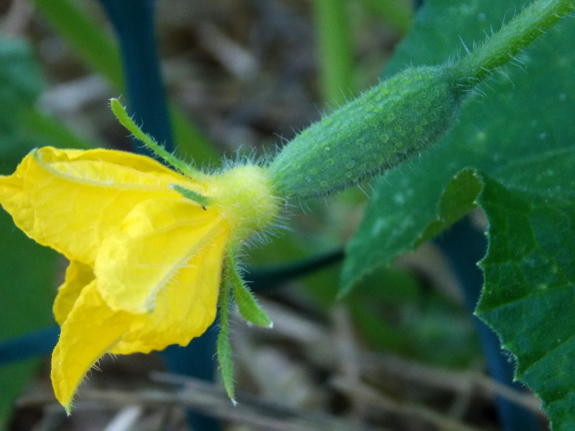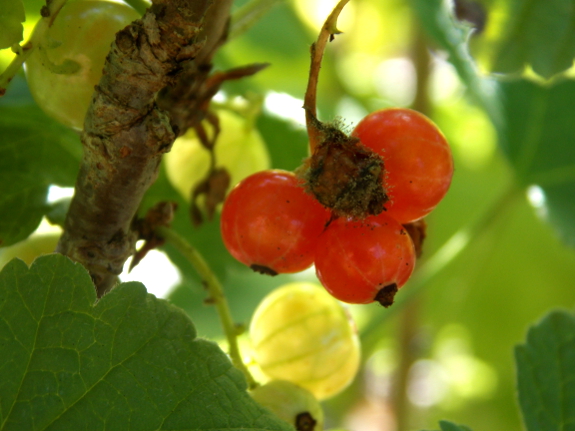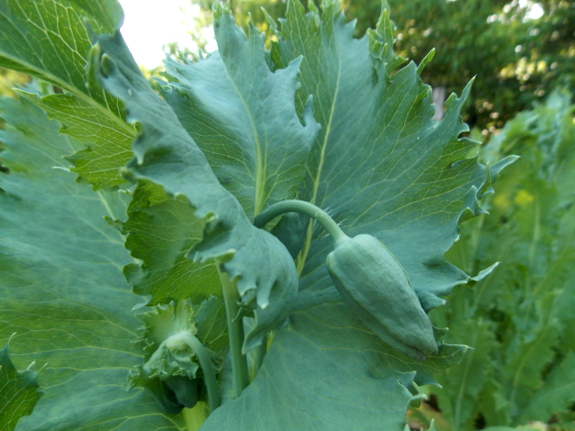
How much manure and straw does a garden need?

The tricky part about
your question is that I apply manure based on quality of the soil.
In poor soil that I'm just bringing into cultivation, I may lay down as
much as two inches of manure over the entire area. In this case, I'm
applying manure both to provide nutrients (especially nitrogen) and to
increase the organic matter levels of the soil, improving the poor
ground. Plus, the high levels of manure jump-start the soil life
and get everything humming fast.

On the other hand, much
of our garden is now getting to the stage where the soil simply needs to
be topped up with nutrients before each planting. There, I often
apply one to two five-gallon buckets of manure per garden bed (about 20
square feet), which would work out to about 11,000 to 22,000 gallons of
manure per acre of ground (assuming no unplanted aisles). That's
about 55 to 110 cubic yards
of manure per planted acre, or a layer approximately 0.4 to 0.8 inches
deep spread across the planting area. At this application level,
you're only maintaining soil nutrients and organic matter, not improving
your ground, so you'll want to add cover crops into your rotation to ensure you're still making your earth richer.

Anyway, to get back to
the point and to actually answer your question, I estimate that we use
about 200 to 250
buckets of manure per year for our vegetables and strawberries. We
also add a few buckets to our bigger perennials, but most of our
bushes,
vines, and trees get their fertility from the deep bedding in the chicken coops and (starting this fall) from our composting toilet.
Last year, we went
through 107 bales of straw, which felt a bit extravagant but
which allowed me to use straw as bedding in the coops when I ran out of leaves and also gave me straw to mulch a few of the perennials. Since our vegetable garden is only about a quarter of an acre, your friend's statistics sounds about right (although I assume he meant straw, not hay).

In case you're curious,
our manure costs us nothing but sweat equity and gas for hauling, while
our straw costs us a bit over $5 per bale from a local farmer. You can see my rundown on the other costs of our garden here.
Gardening or farming
organically definitely does use a lot of inputs! Of course, we
could turn the whole thing into a closed loop pretty easily if we just
had another 24 hours in every day and another ten arable acres to grow
grains for straw and cows for manure. In the meantime, we'll keep
bringing in manure and straw to keep our little two-acre growing area
feeding us a large proportion of our own food.
Want more in-depth information? Browse through our books.
Or explore more posts by date or by subject.
About us: Anna Hess and Mark Hamilton spent over a decade living self-sufficiently in the mountains of Virginia before moving north to start over from scratch in the foothills of Ohio. They've experimented with permaculture, no-till gardening, trailersteading, home-based microbusinesses and much more, writing about their adventures in both blogs and books.
Want to be notified when new comments are posted on this page? Click on the RSS button after you add a comment to subscribe to the comment feed, or simply check the box beside "email replies to me" while writing your comment.

Hi Anna and Mark,
Thank you both very much for your detailed and helpful answer :).
In one of Fukuoka's books he says that he applied quite a bit of chicken manure each year to his 1/3 acre grain field. The one that gave record yields year after year.
This was disputed by at least one person who felt this was not what he said in the original document.
Based on you analysis, I suspect the key to heavy natural fertility is a lot of animal input. Which was why I asked the question.
Lots of manure or animals and lots of cut grass seem to be what it takes.
It is amazing to me how wet my experimental pots stay with a small heap of grass/weeds on the top of the soil.
I wish I lived near enough to talk you out of one of your chickens :).
warm regards to you both and thanks again.
John
Ed --- Sorry to take so long to answer you --- it's been a crazy busy week. Those are red currants, which have just started producing this year. I have to admit that I'm not that impressed by the taste of their fruit --- I vastly prefer the gooseberries we've had longer. I think that currants are often used in cooked recipes, which I'm not generally as fond of, so these bushes may get transplanted to the chicken pasture this fall.
Both gooseberries and currants are northern plants, so they're easy to grow if your climate is right but hard if you live in the south. Follow that link to learn a lot more about growing (and about why black currants are banned in certain areas.
Good luck with your plant!